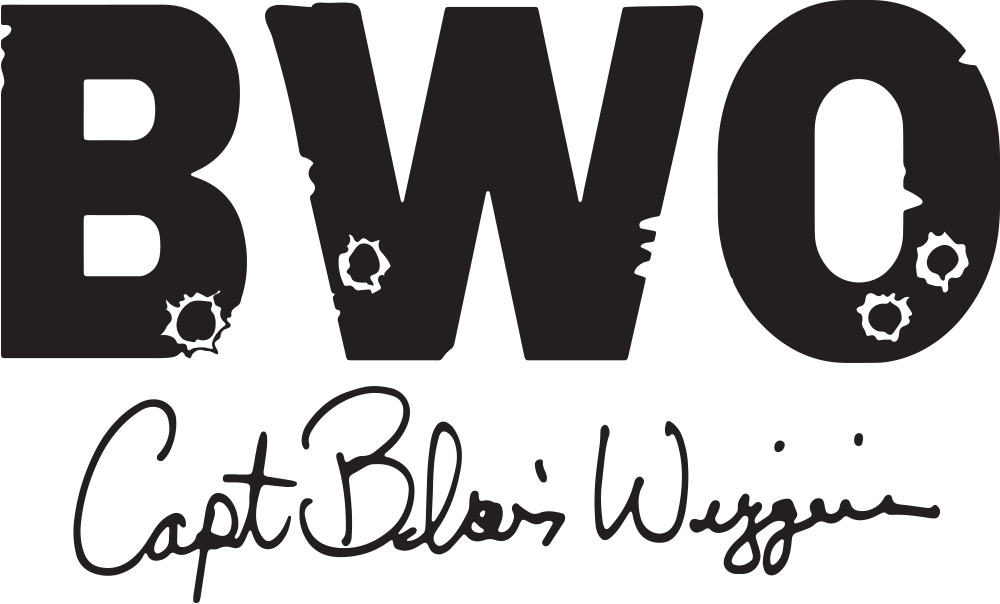The IRLCRP was founded by Captain Blair Wiggins, host of Addictive Fishing Television and Blair Wiggins Outdoors. A native Floridian, Capt. Wiggins has over thirty years experience as a charter fishing guide who was born and raised on the IRL system, Growing up on the Banana river, which is part of the IRL System, Wiggins was exposed to a diverse plethora of inshore fish, clams, oysters, shrimp. The unique estuary that the Indian River/ Banana River/ Mosquito Lagoon had to offer was unlike any other. At one time the area boasted being the Sea-trout and Redfish capitol of the world. It was a fisherman’s paradise.
But as the story goes, Paradise doesn’t stay paradise for long once everyone finds out about it. With the introduction of the “Space Race” came houses, causeways, septic systems, water treatment facilities, fertilizer and commercial fishing. All of which have contributed to the slow death of the Indian River Lagoon System.
Over the past 60 + years the IRL System has been dying a slow. progressive death. And since this has been a slow progression of decimation so has the response been slow to stop its deterioration. Many efforts have been made to try to find a solution to start the IRL to begin healing. Unfortunately many of those ideas have fallen short of becoming reality. Due to lack of interest, unfounded science and politics.
When the IRL System was being decimated by the commercial clamming industry in the 1990’ it is estimated that some 9 BILLION+ clams were removed from the river. Pleas from the local fishing industry fell on deaf ears. They were UN-regulated with no limits on how much they could harvest. This resulted in taking the estuary down to the point of NON-sustainability.
With a few more years on the water under his belt and a nation wide audience Capt. Wiggins decided to try once again to get someone to listen to him and his idea for repopulating the IRL with clams. With time comes knowledge and this idea had crossed other minds in the science and conservation fields. With the help of Coastal Conservation Association Florida (CCAF) and the Florida Fish and Wildlife Commission (FWC) Capt. Wiggins was introduced to Dr. Todd Osborne, PH. D., Associate Professor, Biogeochemistry at the Whitney Laboratory for Marine Bioscience, University of Florida.
In 2019 the Clam team spent three days in the south end of the Mosquito Lagoon searching for viable clams. They found 24, just 24! These clams are now know to us as Super Clams. These “super clams” survived the brown tide and hypoxic event of 2012 and subsequent bloom events.

At the Whitney Laboratory bivalve hatchery, these clams were spawned and then raised in land-based and field-based nurseries. After approximately nine months, nursery-raised clams were repatriated to selected aquaculture lease locations in the Mosquito Lagoon and in the Indian River Lagoon (IRL) proper.
Of the 3-4 million clams that were reared during the first year of the project in, 400,000 were moved to Mosquito Lagoon in December of 2019 and the rest were out-planted to additional sites throughout the IRL in the spring of 2020. By then, the clams were one year old and ready to begin spawning in the wild, jump starting their natural recruitment in this important estuary.
Monitoring of water quality and natural recruitment continues throughout the duration of this project. The Indian River Lagoon Clam Restoration Project entered its second year in 2020. During the pandemic fundraising was a challenge. The project was able to maintain productivity with the strong collaborations between the SJRMD, The Florida Fish and Wildlife Commission (FWC), The Coastal Conservation Association (CCA), Premium Seafood Inc., Commander’s Seafood and the IRL Council. Project partners assisted Whitney researchers in distributing an additional 1.6 million clams with a target of 6.4 million more clams planted by the end of 2021.
A significant portion of future work is in developing a new clam gardener program that will establish 100 clam grow out sites within Brevard County that will be monitored by citizen scientists. This program will allow Whitney researchers to gather spatially explicit information about clam populations in the IRL. Monitoring of water quality and natural recruitment will continue for the duration of this project.

